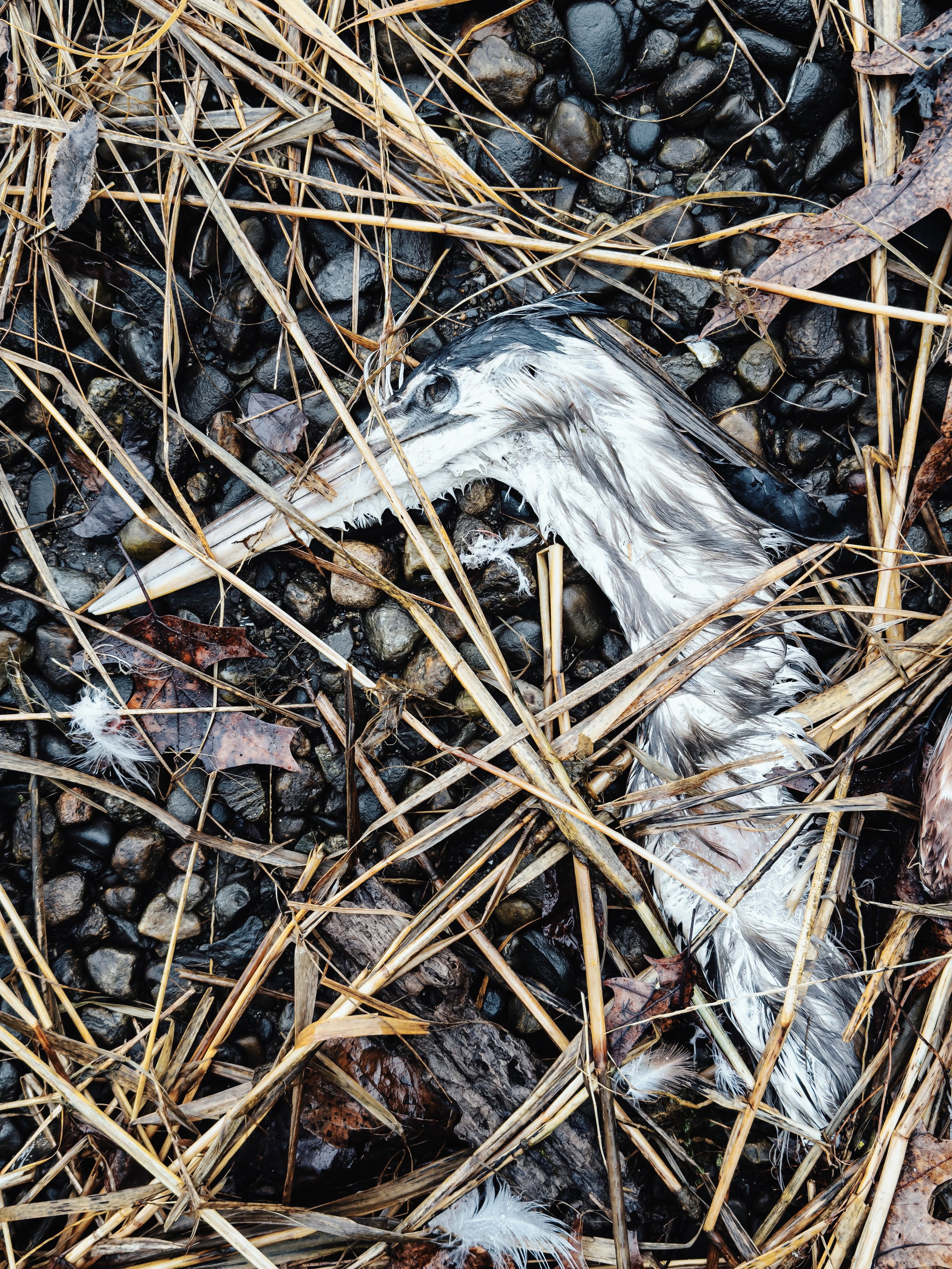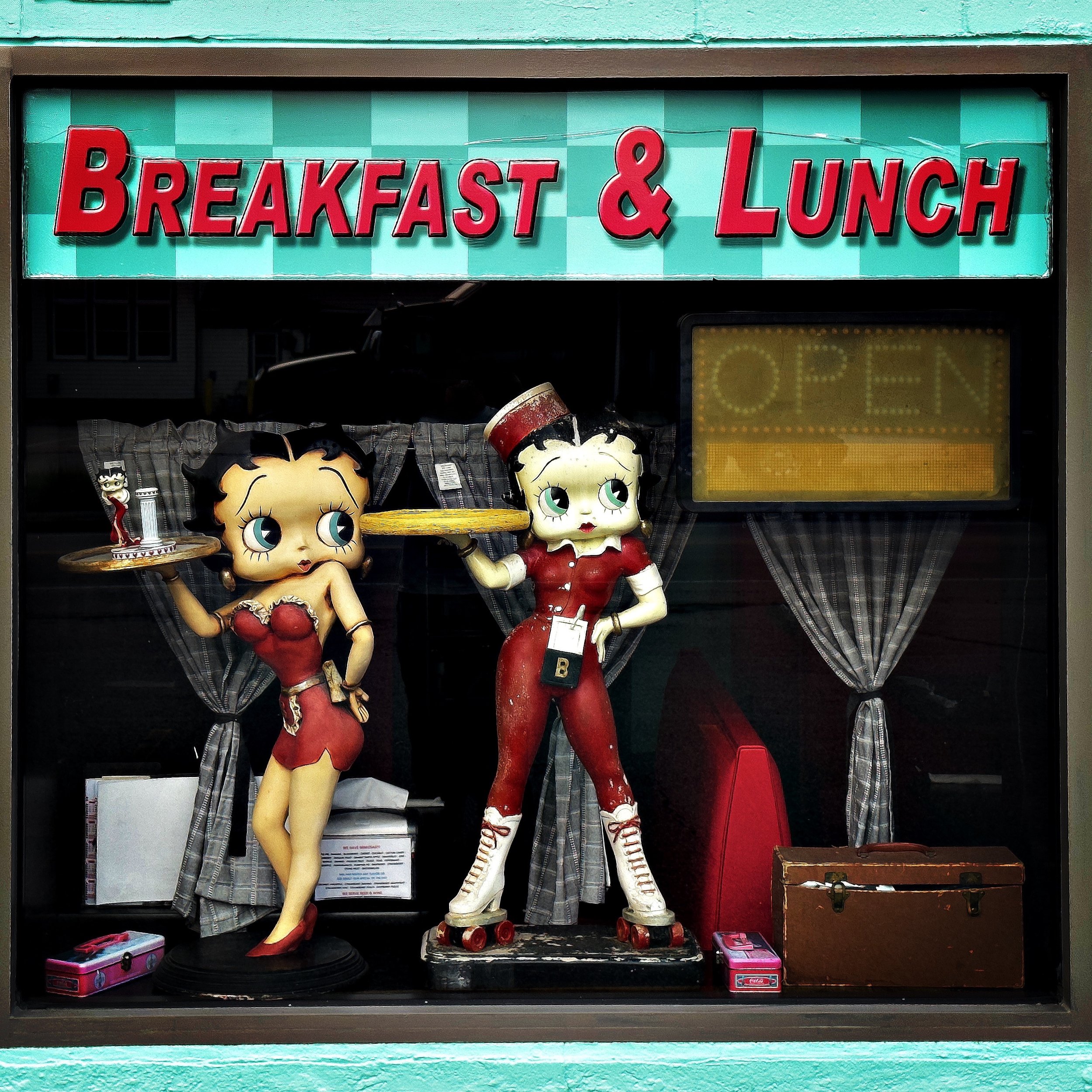Avian Flu and Devolve

We continue to find dead birds along the shoreline of the bay. Therese found another Mute Swan while walking with Conner on Friday. The accompanying photograph of the dead Great Blue Heron was taken on our walk along the beaches of Goddard Memorial State Park last Saturday morning. It seems likely that this outbreak of the avian flu (H5N1 variant) is spreading despite the efforts of the Department of Agriculture and other government agencies to contain it. There have been confirmed cases of transmission to domestic farm animals and four cases of transmission to humans. So far, those infected have experienced only mild-to-moderate illness, but despite those confirmed cases, the current administration has suspended the contract with Moderna to develop a vaccine! I have attempted to keep this journal free of comments on the current political situation, but I cannot help but worry that this action is short-sighted and dangerous. Based on historical data, the likelihood of this variant turning into a dangerous pathogen for humans is low, but do we want to take that risk?
Back to photography!
My photographic practice is devolving. Pardon a digression here, but is devolve the correct word to describe what is happening? I am using it to describe my return to earlier influences and practices, which is probably the wrong usage of devolve. Most of my research suggests using regress, regression, backsliding, retreating, degenerating, receding, reverting, or reversing. None of these words seem appropriate, but I will go with reversing—reversing the evolution of my practice. Let's start at the beginning to understand what I am attempting to describe.When I started taking photographs back in the day, it was all silver halide film and paper — now called analog photography. I started making images in my adolescence, sometime around 1968. Later I was a photographer in the Navy and later at Stanford University and then I stopped making images in 1979. I have often described my motivation for stopping as the disenchantment accompanying making images as a profession; I know it was more complicated than that. I was frustrated that the images I was making failed to meet the look I was trying to achieve, and I had other pressing needs for what I had invested in cameras, lenses, darkroom equipment, etc. So, I sold it all, even my photo book library, moved on and made no images for almost thirty years. I wish I had kept the books! 😕
Then, in 2007, I bought an iPhone. The first few models of the iPhone had cameras that were, well, not very good. It was not until the introduction of the 3Gs model in 2009 that the camera and related apps took off. One of the first and most popular apps was Hipstamatic. I can remember how much fun it was to make images with the iPhone, and then that fun was compounded by what you could do with the Hipstamatic effects. Over time, I moved on to other apps and ultimately to “real” digital cameras, Photoshop, etc.
The first “real” digital camera I used was a Nikon D70 with a kit lens - photography was fun again! It has been a long, winding road, almost sixteen years, and now I am playing with the Hipstamatic app again. I have been dipping my toe in the water to resume my analog photography practice, but the weather has prevented me from getting outside as much as I would like. Even on the coldest day though, I have my iPhone with me. I am currently using my iPhone and the Hipstamatic app as my primary and only camera.
I have written previously about the motivation to take up analog photography again (see my Jan. 22nd post (link)). For many of the same reasons, I making more images with my iPhone. iPhone photography and the Hipstamatic app take me away from the “hyperreality” style of photography — over-saturated, noiseless, perfectly focused images made with ever-increasing numbers of pixels and almost perfect, optically corrected lenses. In the 1980s, French theorist Jean Baudrillard created the term “Hyperreality” to describe a society in which it is almost impossible to distinguish between reality and simulation. Today, with the introduction of AI image generation, we may have reached that point in photography. I want to get off that track, so I am embracing analog methods and a digital app that, by design, makes what some will undoubtedly consider “krappy” images, and I am okay with that description. Here are some examples:
P.S. The photograph of the dead Great Blue Heron was made with the native iPhone 16 Pro camera app, post-processed in the Mobile Lightroom app, and finally sent to the Film Simulator app. I selected the Kodachome 25 simulation — it looks good. Lots of comparisons to do, but what else is there to do on a cold winter day!
P.S.S. There really was a Hipstamatic Camera! It is a very interesting origin story (link).

























